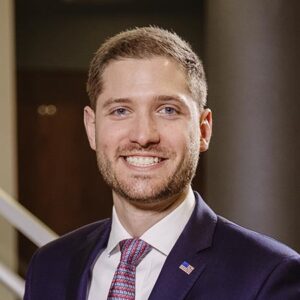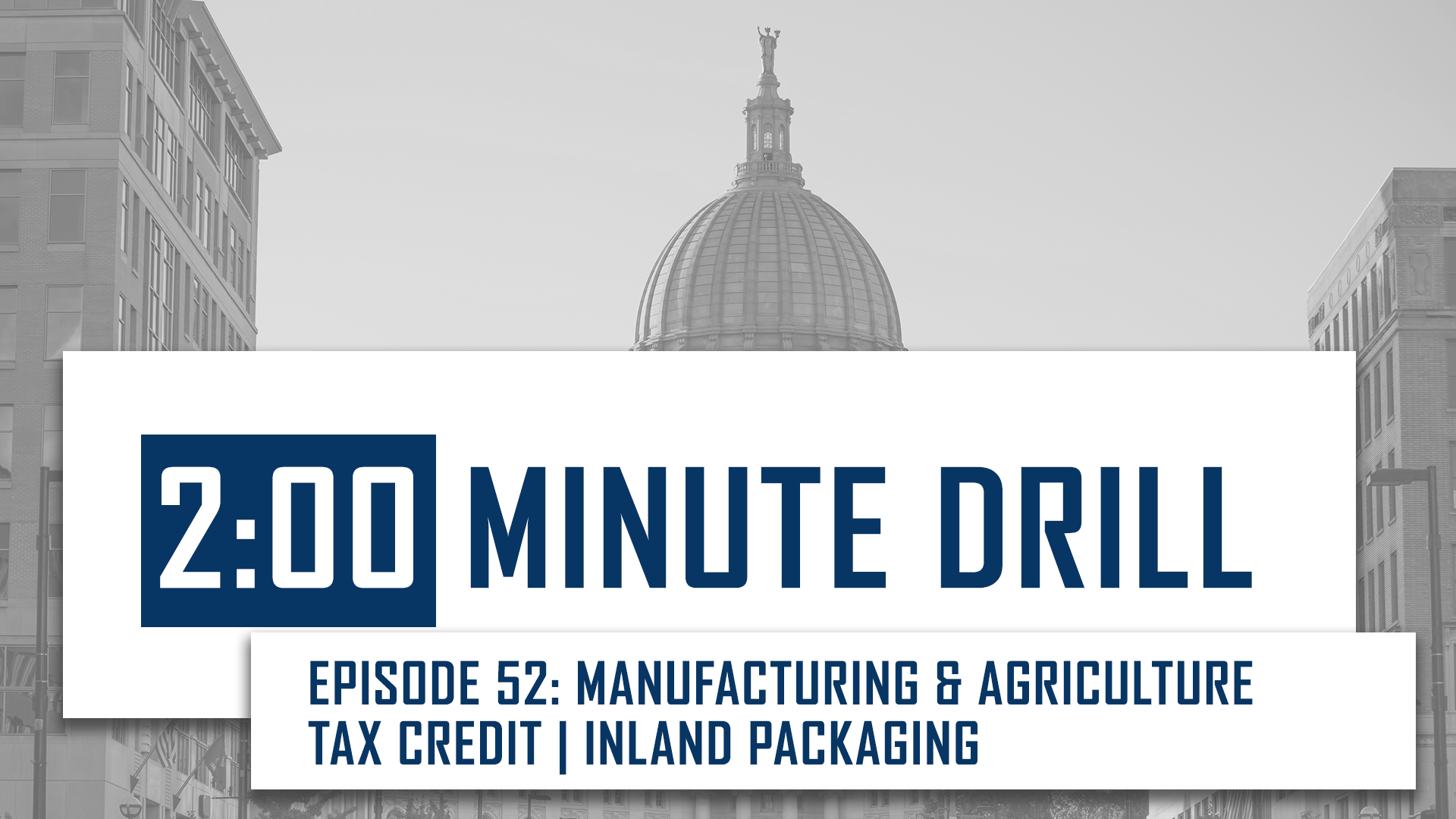MADISON – Wisconsin Manufacturers & Commerce (WMC) released a new video highlighting the need for increased funding to choice and charter schools – something that is supported by a strong majority of likely voters.
Many Wisconsin businesses are facing hiring challenges as more and more students graduate from Wisconsin high schools unable to read and do math at grade level. In fact, according to the latest data from the Department of Public Instruction, less than four in 10 students are proficient in reading and math at Wisconsin public schools.
Without these basic skills, young Wisconsinites are woefully unprepared for careers, while the worker shortage that already existed is only exacerbated for employers.
“Unfortunately, too many schools are not preparing our students for the workforce, failing to teach them the hard and soft skills needed,” said WMC Senior Director of Workforce, Education & Employment Policy Rachel Ver Velde in the Two-Minute Drill episode. “This is why it is critical for Wisconsin to invest in education reform and equitable funding for all students, no matter what school they attend.”
In Wisconsin, there is a significant funding disparity between public schools and choice and charter schools. On average, public schools receive about $15,000 per student each year from Wisconsin taxpayers. However, their choice and charter counterparts receive roughly $9,000.
This funding disparity is hurting parents’ ability to find the best school for their children because the funding for choice and charter schools – especially at the high school level – is not nearly enough to cover operational costs.
“We know not every school works for every kid,” added Lannon Stone Products President Hans Dawson in the video. “Parents need to have the choice to send their child to the right school for them, and that child needs to be equally funded so that every child can have a high-quality education.”
Even with inadequate funding, choice and charter schools continue to outperform their public school counter parts. That is why 63 percent of likely Wisconsin voters support expanding school choice in the state. Additionally, six in 10 voters support narrowing the funding gap between public schools and choice schools.
“If the funding gap is not addressed, many choice programs will impose enrollment caps or reduce seats – trapping students in failing schools with no other option,” Ver Velde continued.
As lawmakers debate the state’s two-year budget, WMC is urging lawmakers to support a plan to narrow the school funding gap to ensure the state is equitably investing in all students.




